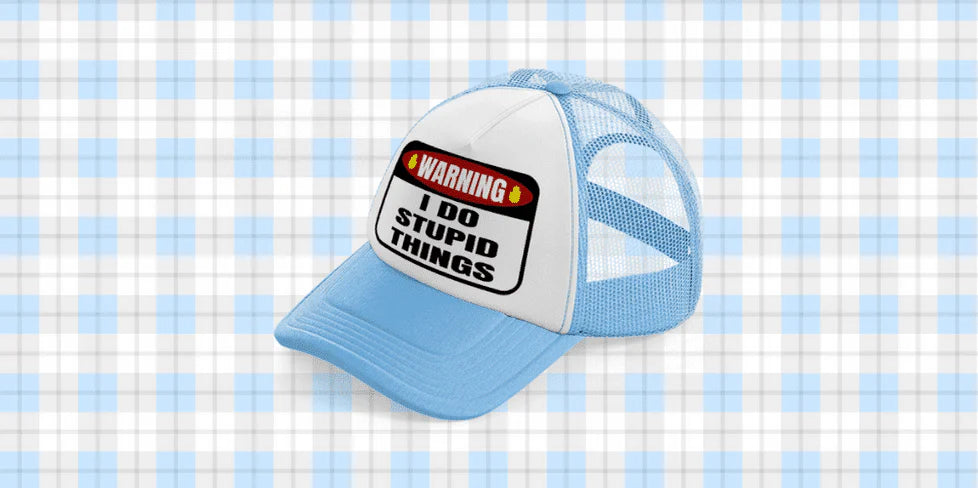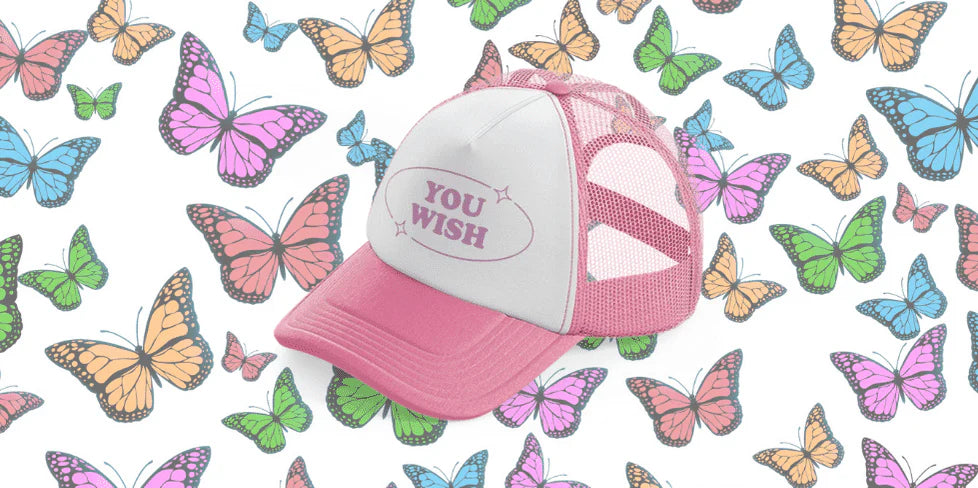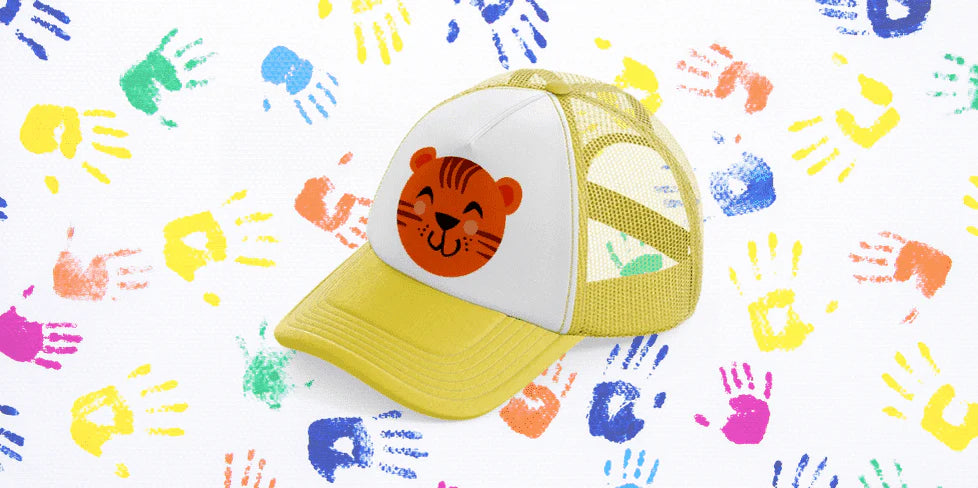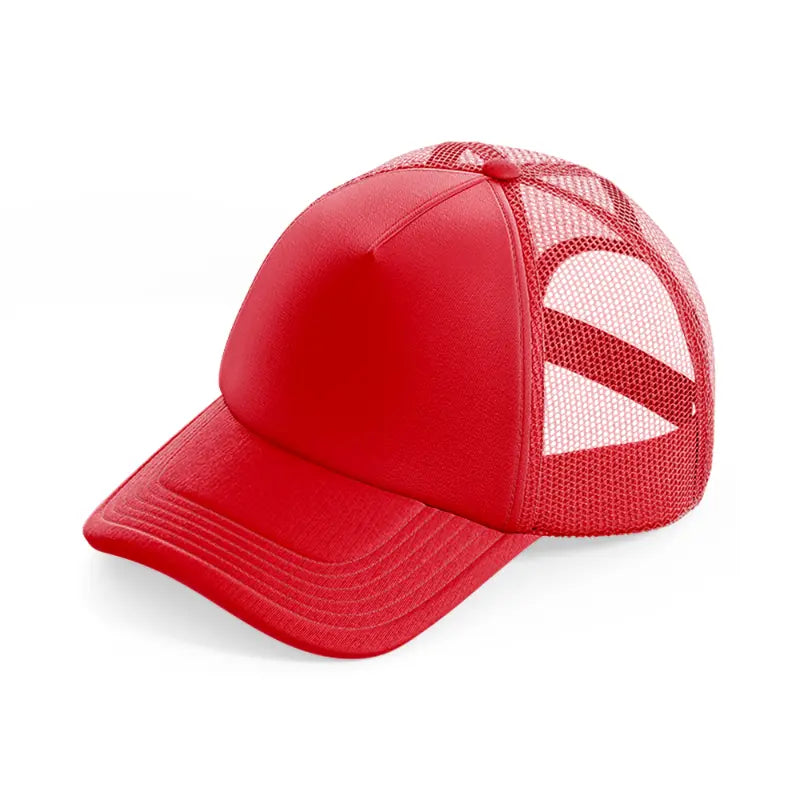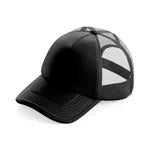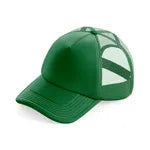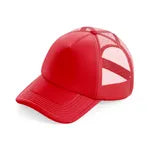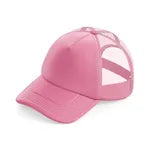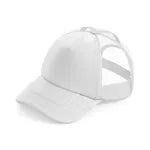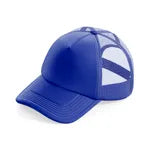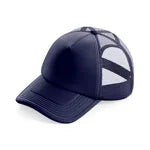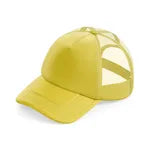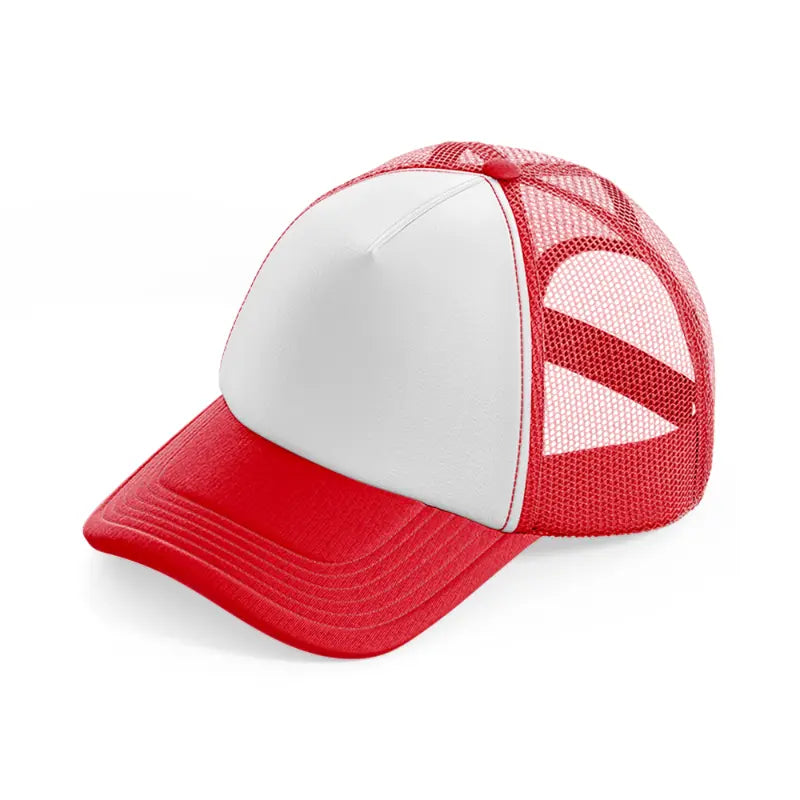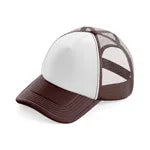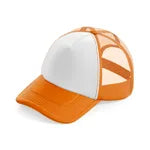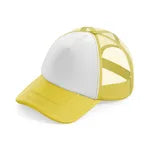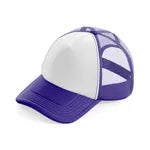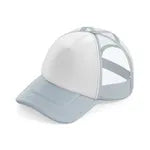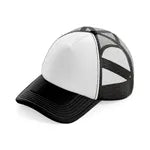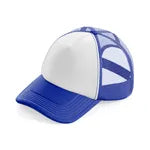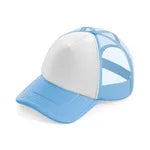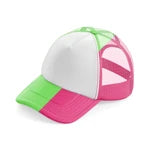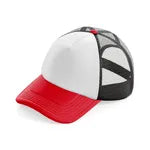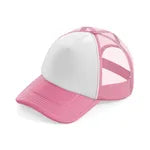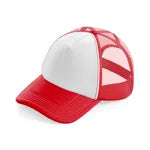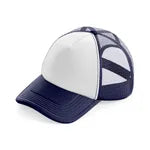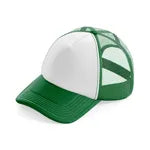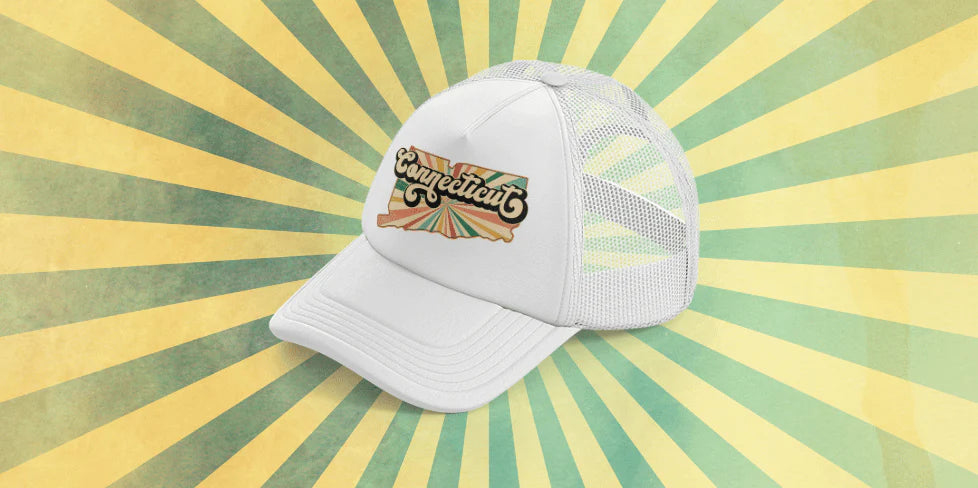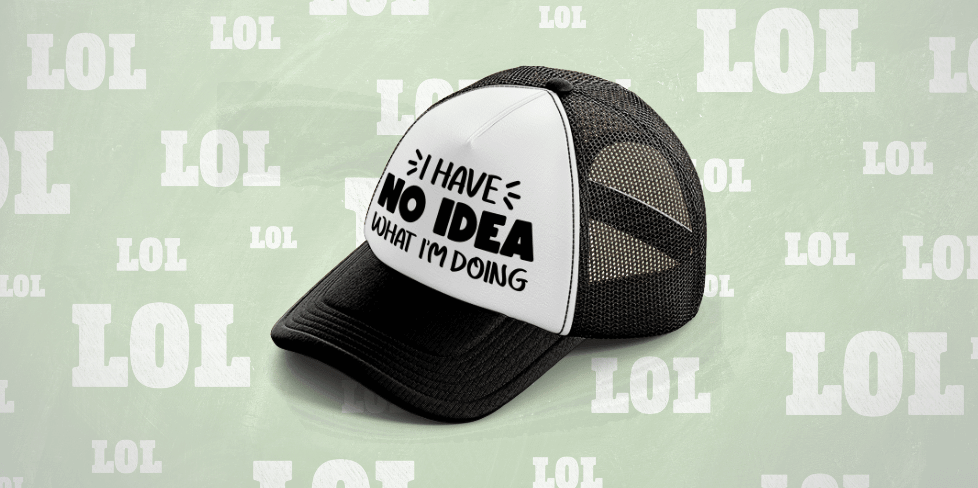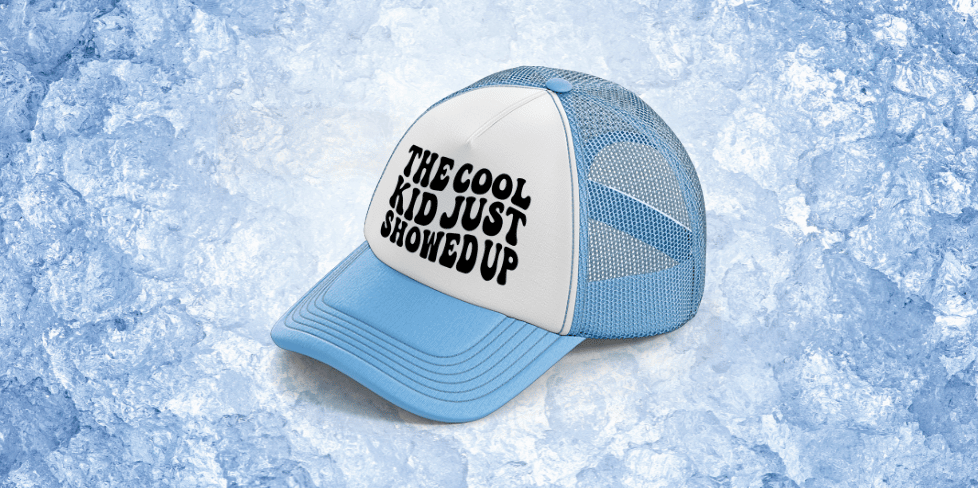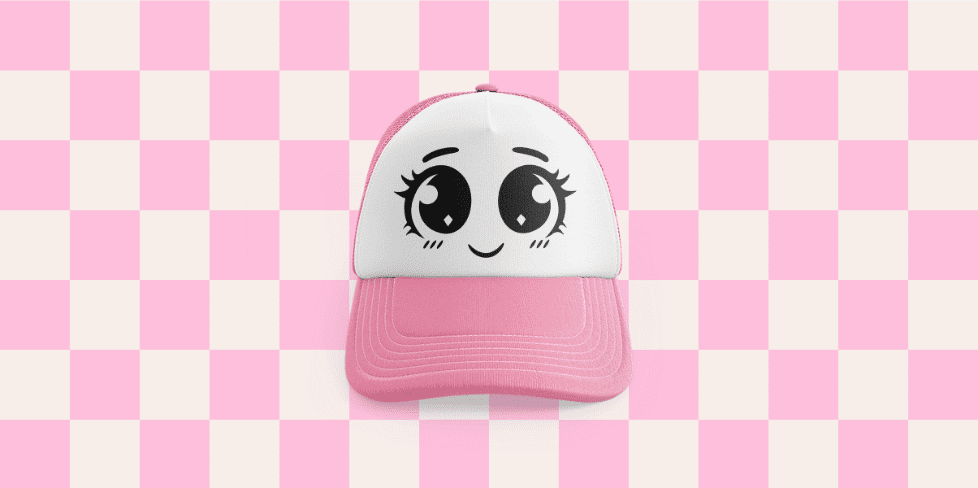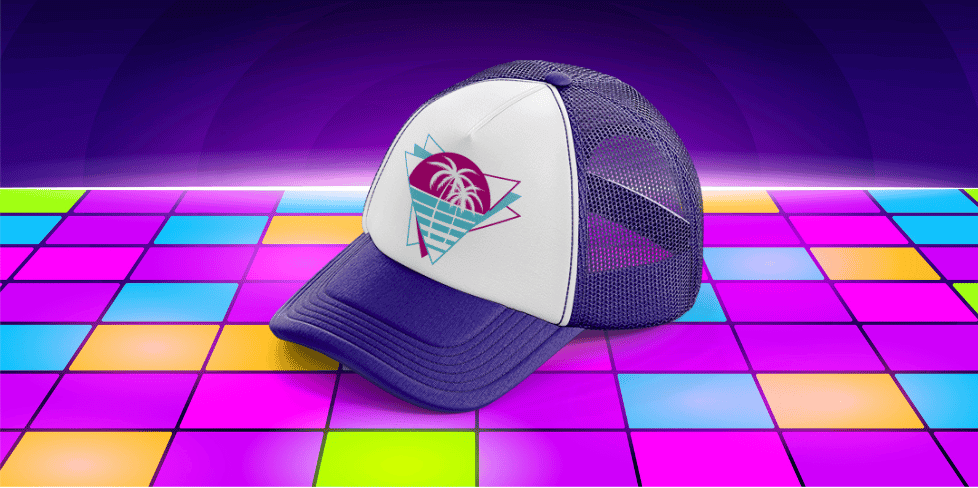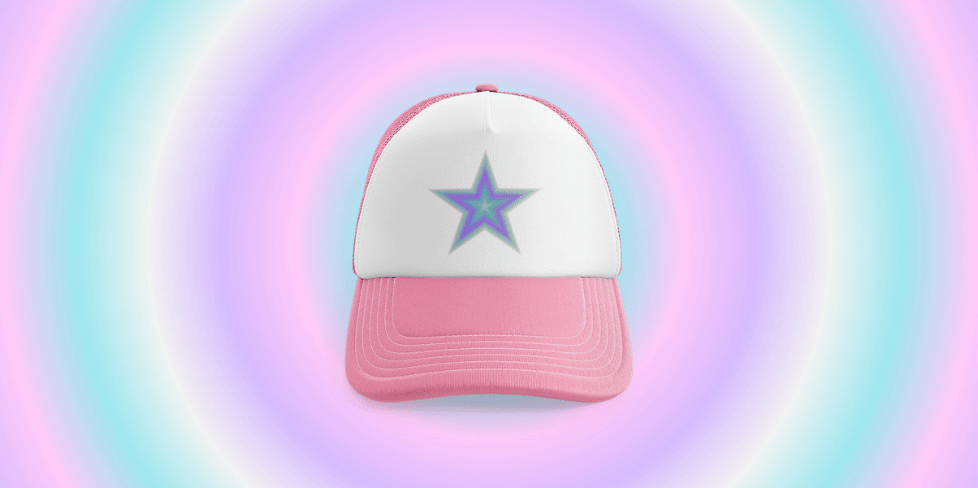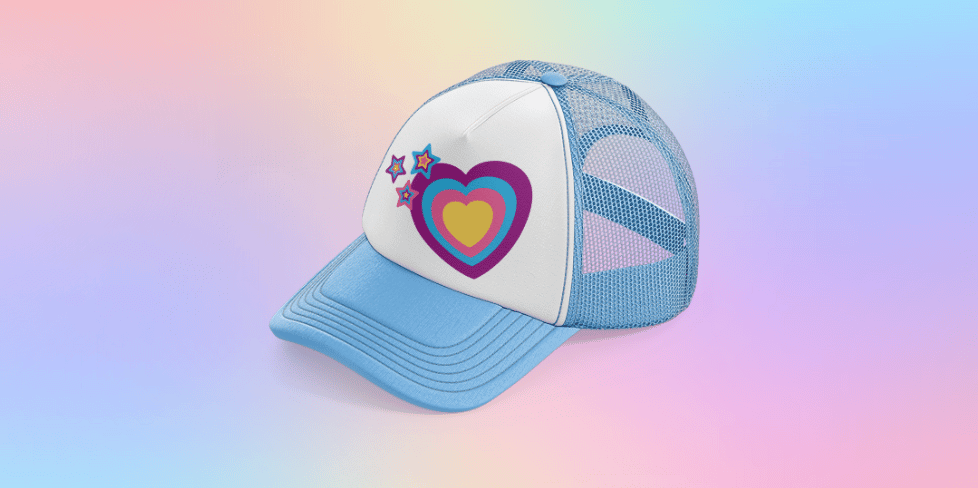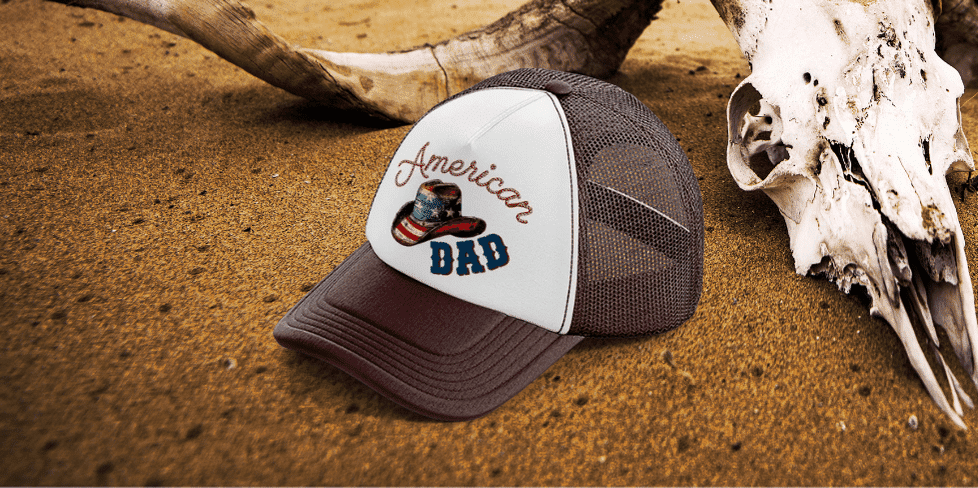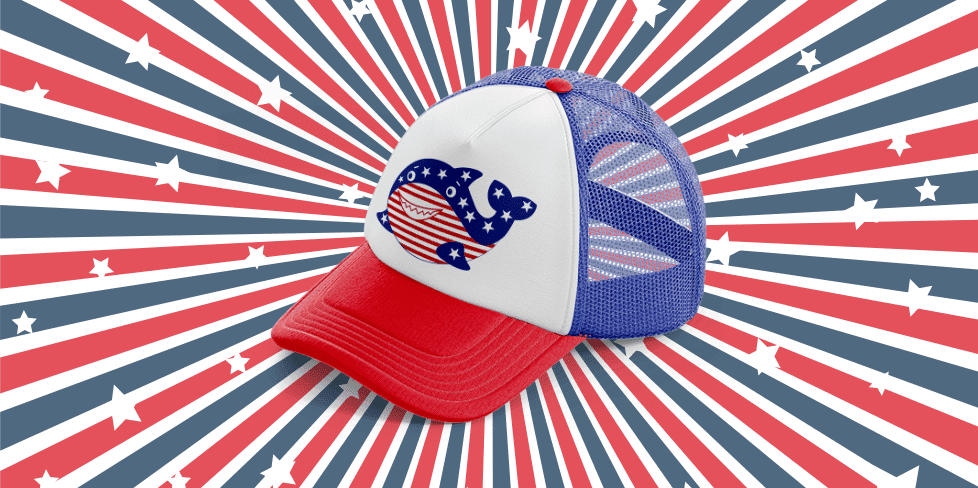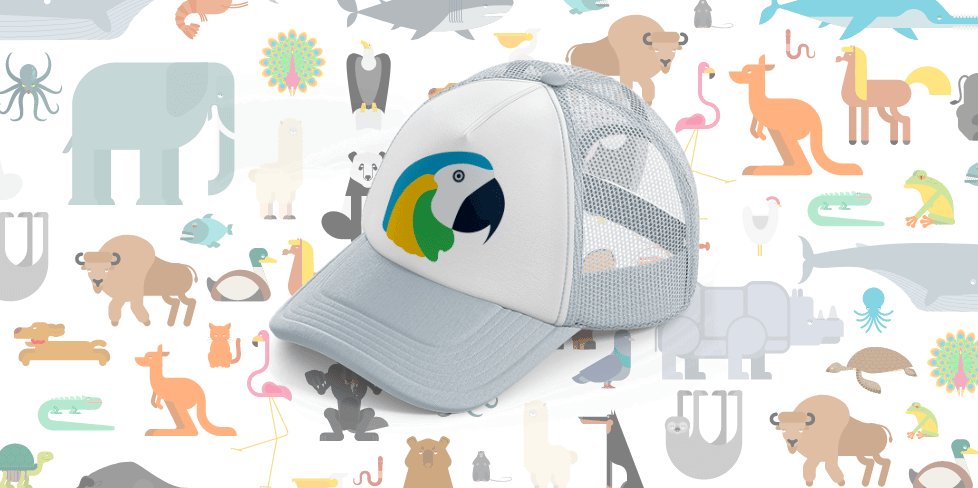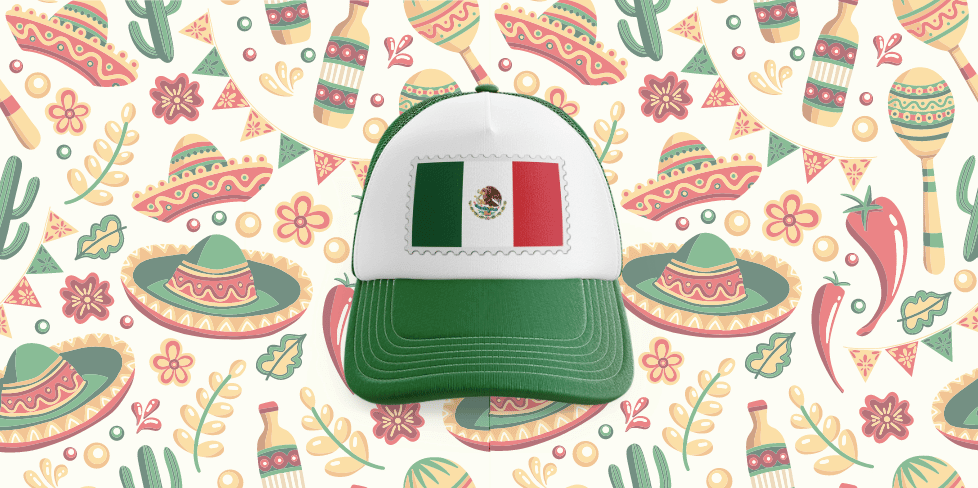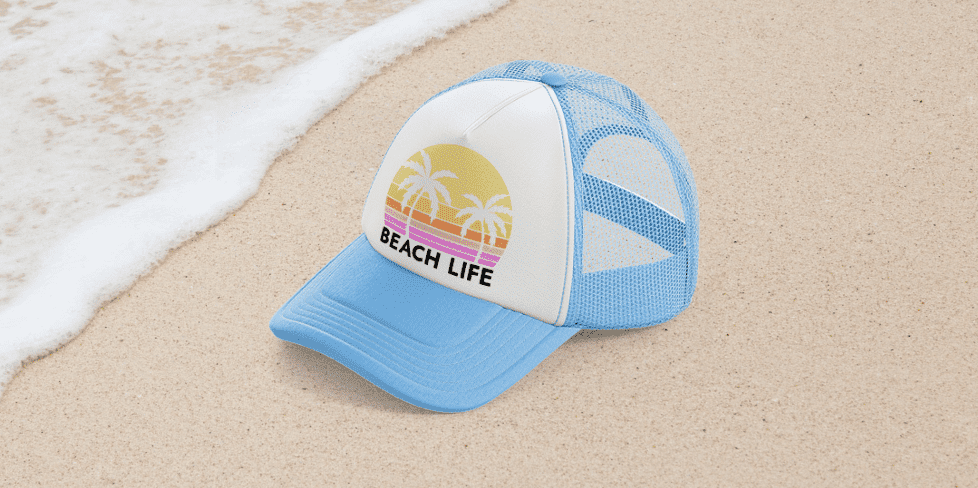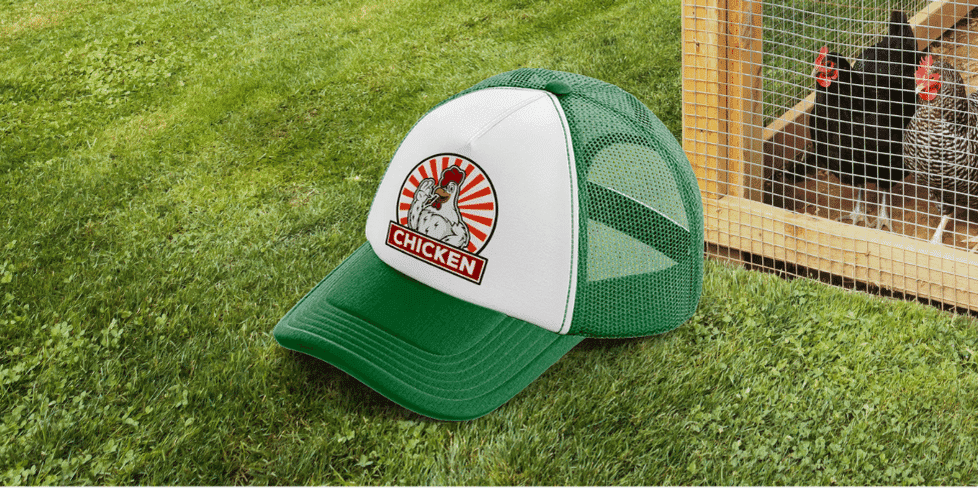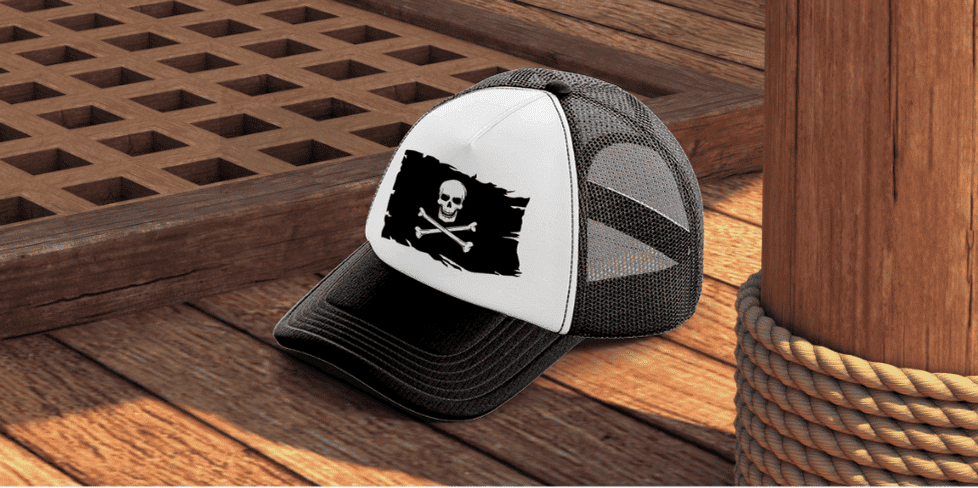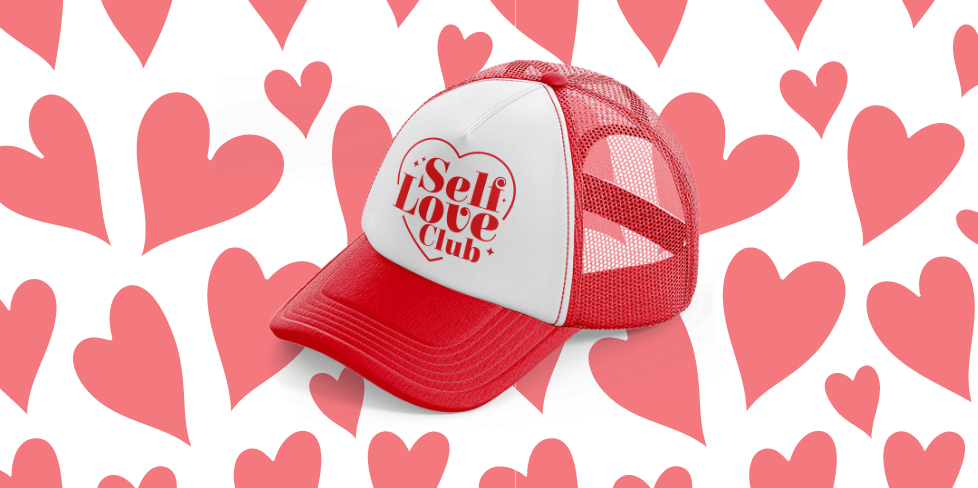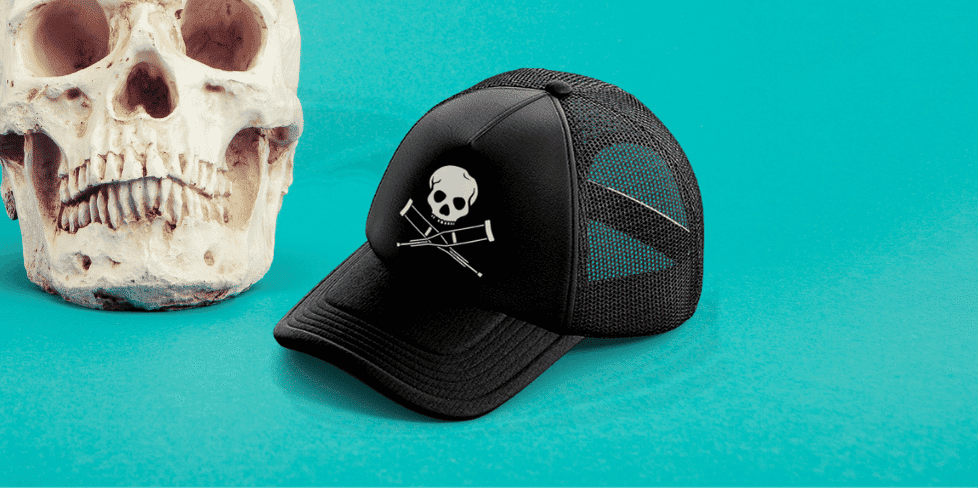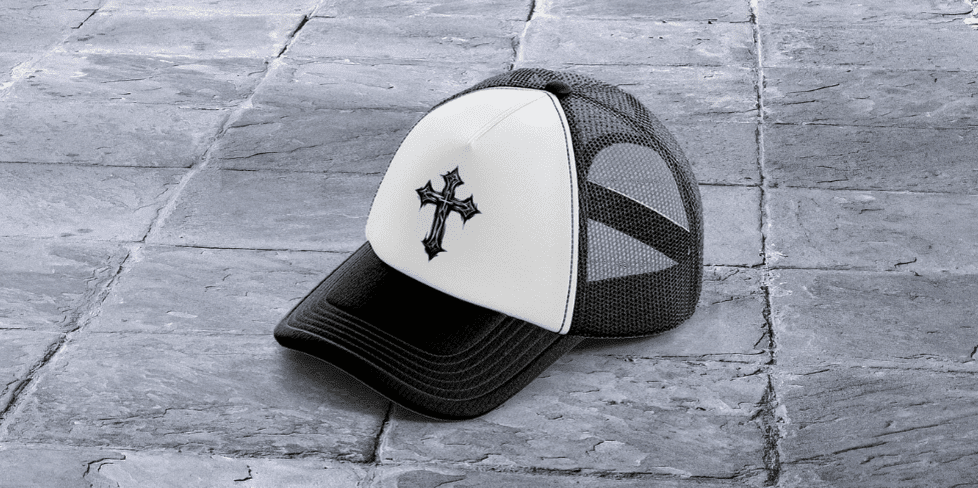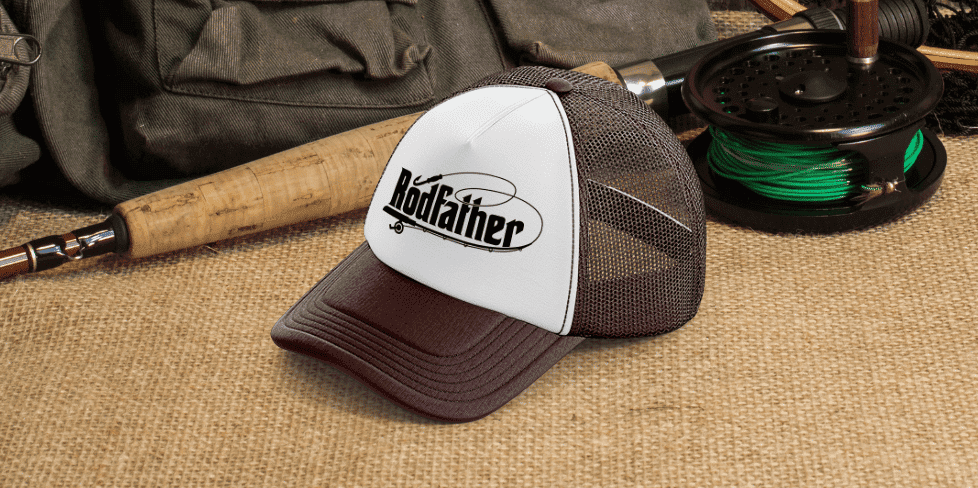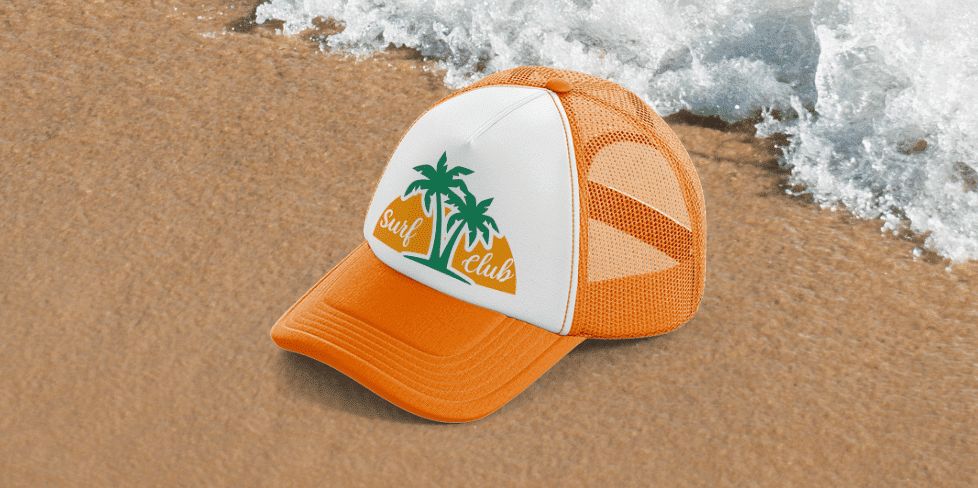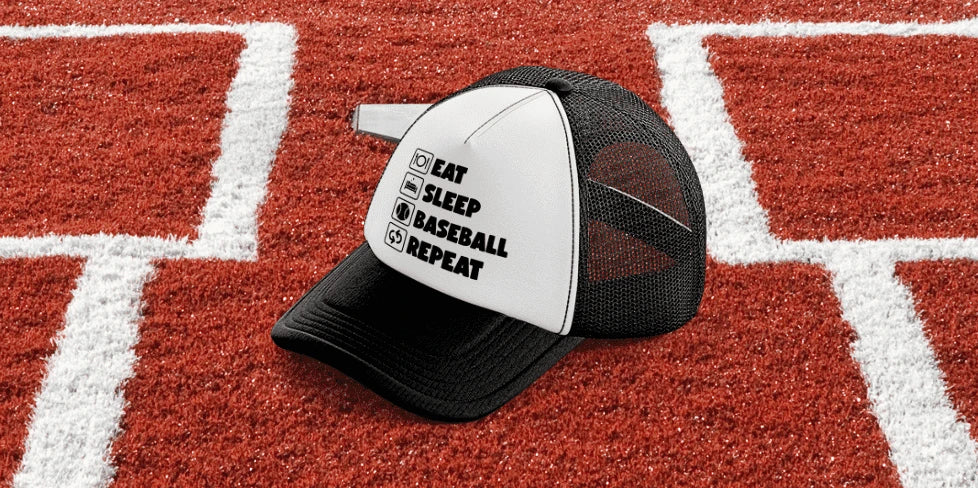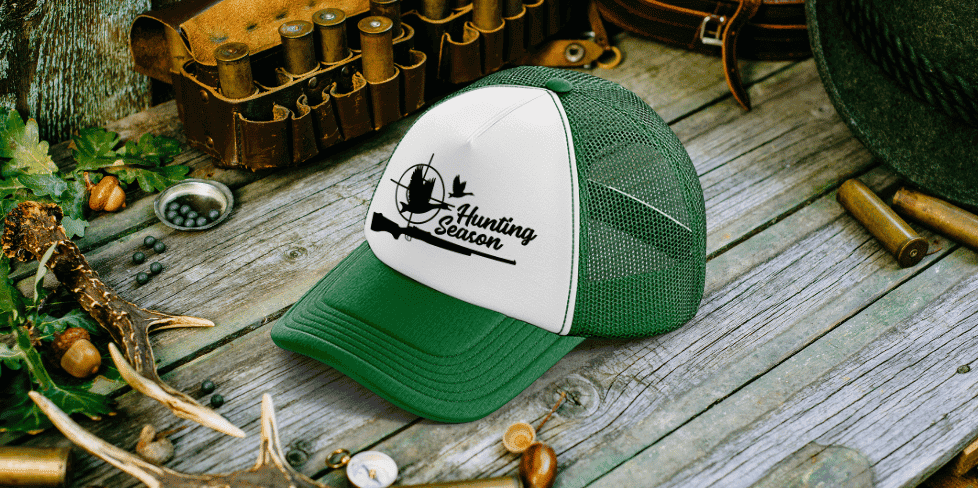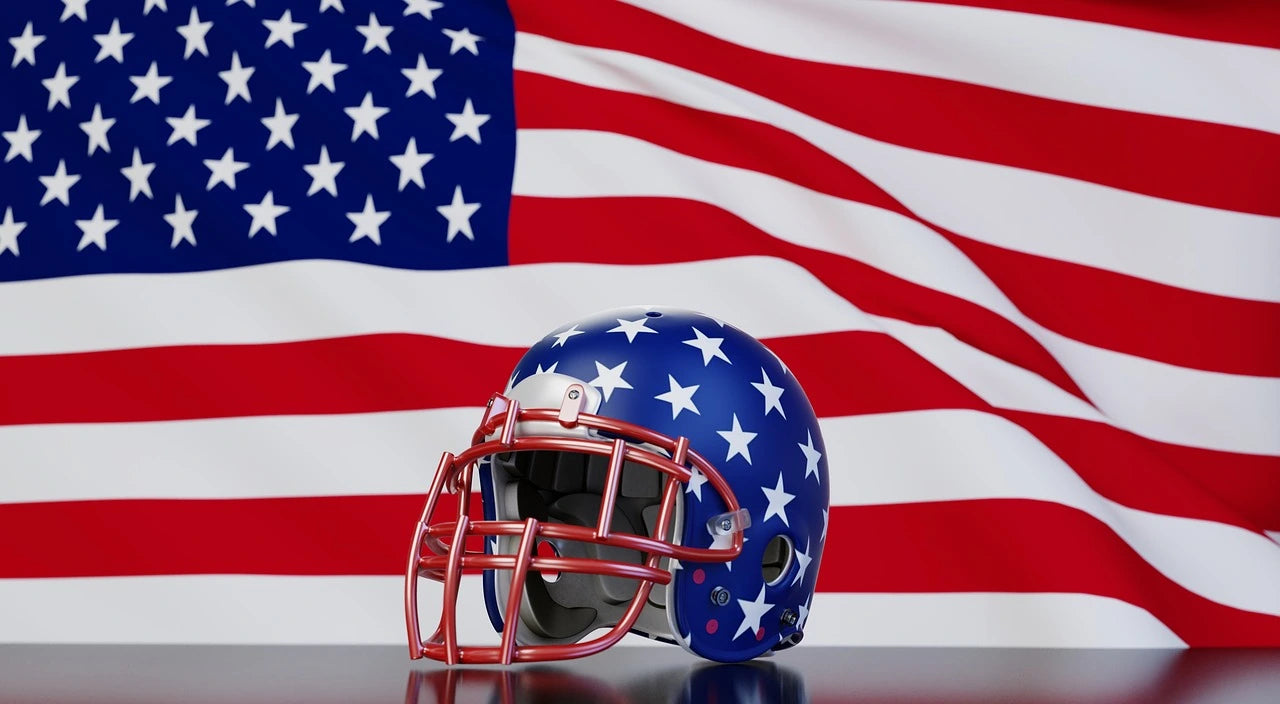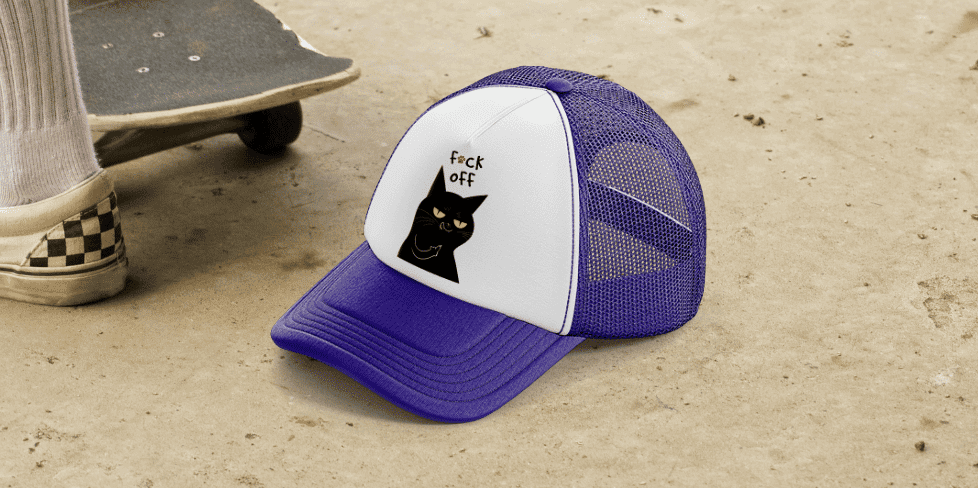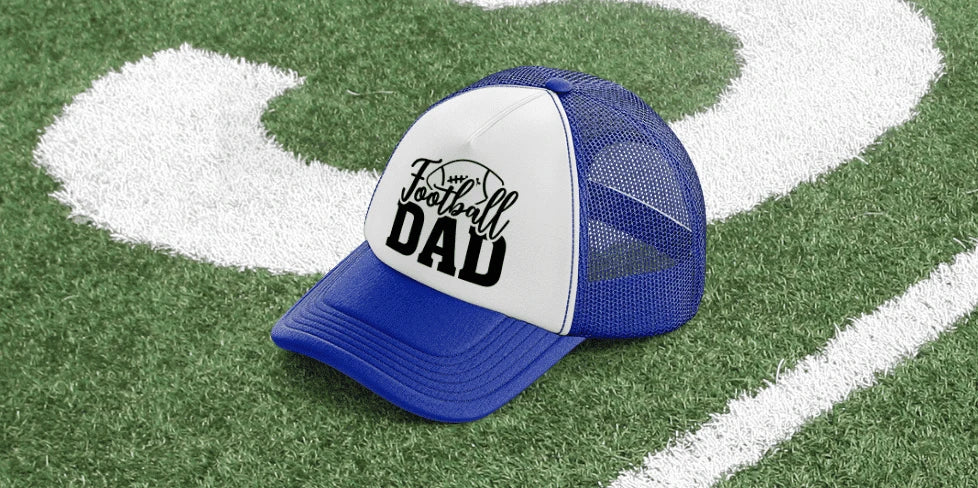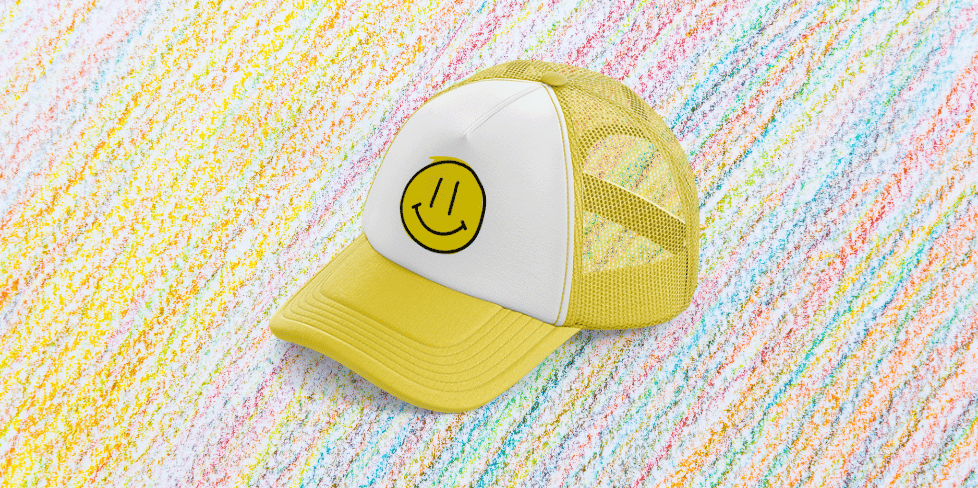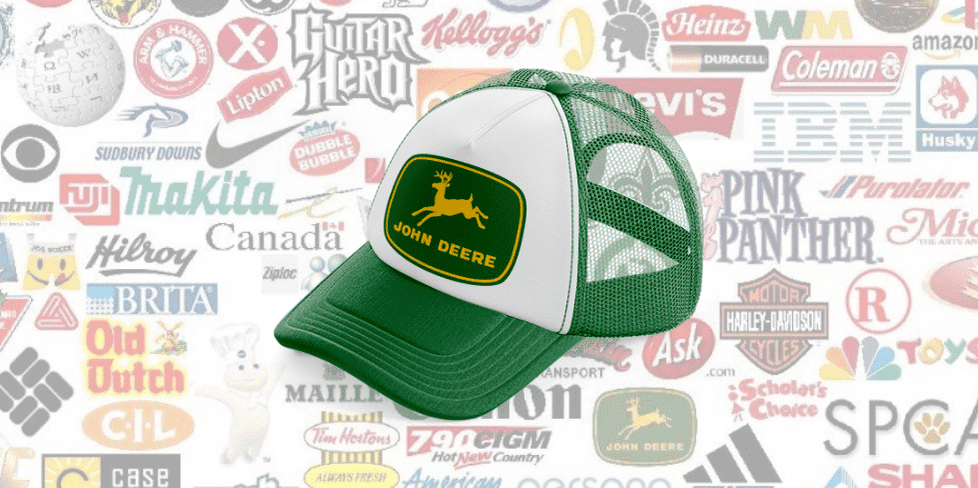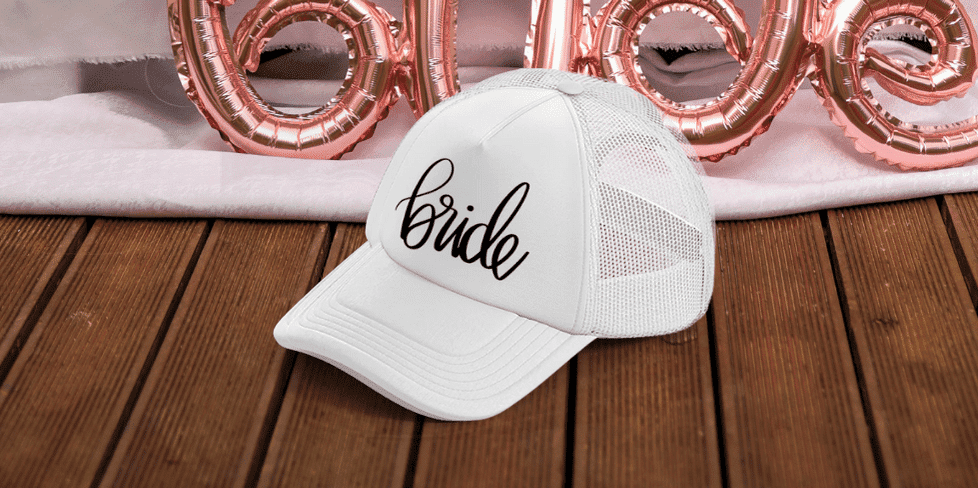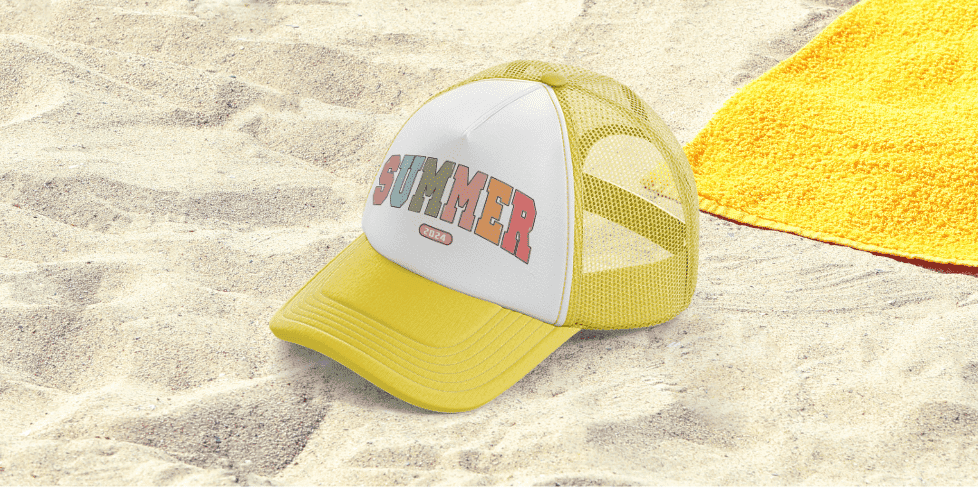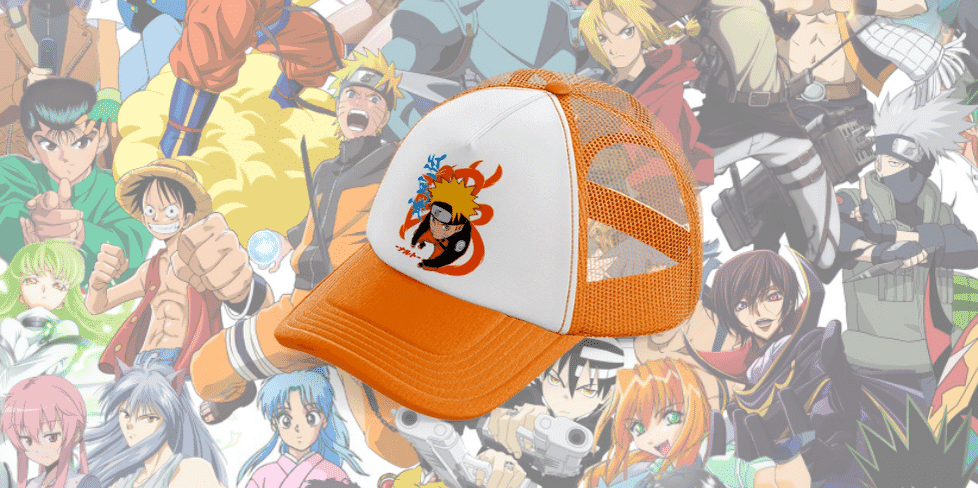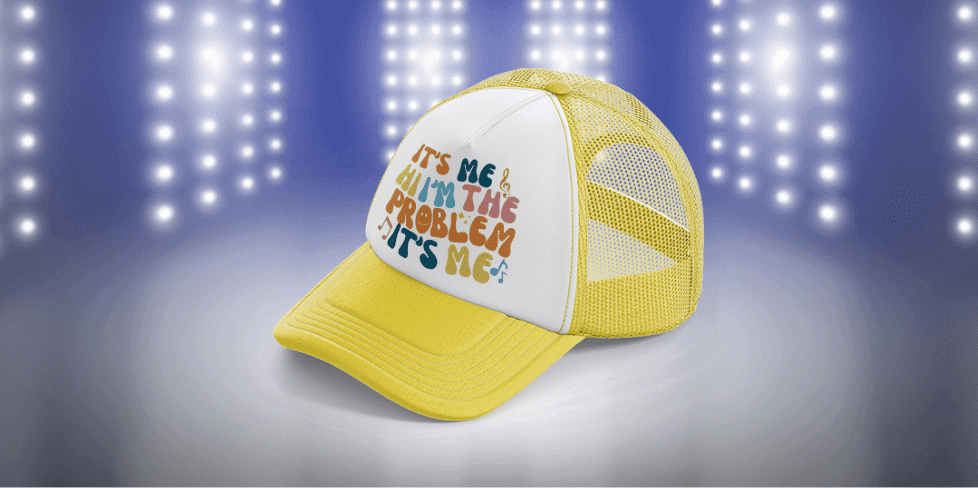History of Baseball Caps in Sports Apparel

The baseball cap has transcended its humble beginnings to become an iconic piece of sports apparel and a staple in popular culture. From its inception in the world of professional sports to its evolution through various designs and brands, the baseball cap's journey is a fascinating tale. This blog delves into the origins of the baseball cap, tracing its roots back to the early days of professional baseball. We'll explore how its designs have adapted and changed over time, and how leading brands have left their mark. Additionally, we'll examine the widespread impact of the baseball hat on fashion and everyday life. Join us as we uncover the rich history and lasting influence of this ubiquitous accessory.
History of Baseball Caps in Sports Apparel
Origins of the baseball cap in professional sports
The origins of the baseball cap in professional sports can be traced back to the mid-19th century, during the rise of baseball's popularity in the United States. Initially, baseball players wore a variety of hats, including straw hats and jockey caps. However, it was in 1860 when the Brooklyn Excelsiors donned a rounded cap with a long visor that the now-iconic baseball cap began to take shape. This design, known as the "Brooklyn-style" cap, provided players with increased shade and protection from the sun, effectively reducing glare and enhancing visual performance.

The evolution of design and functionality
As the game of baseball continued to evolve, so did the design and functionality of the baseball cap. By 1900, the Detroit Tigers introduced a cap featuring a higher crown and adjustable back, which offered a more secure fit. This development was crucial in ensuring the cap's widespread adoption not only among professional players but also among fans and spectators. The emphasis on comfort and performance solidified the baseball cap as a staple in sports apparel. The 1940s witnessed another significant innovation in the fabric used for baseball caps. The introduction of wool as the primary material replaced earlier versions made from a variety of textiles. Wool provided better durability and flexibility, making it ideal for the rigors of professional sports. This period also saw the introduction of the team's logo or emblem embroidered on the front of the cap, further enhancing its aesthetic appeal and advertising potential.

Influence and adoption beyond baseball
While the baseball cap's origins are firmly rooted in baseball, its influence quickly extended to other sports. By the 1950s, various professional sports teams, including American football and basketball teams, began incorporating baseball caps into their team uniforms and merchandise. This cross-sport adoption contributed to the baseball cap's prominence as a symbol of team loyalty and identity. The rise of television also played a crucial role in popularizing the baseball cap. As sports broadcasts became more common, the visibility of players wearing caps emblazoned with team logos skyrocketed, providing free advertising and boosting sales. The 1970s and 80s marked the era when baseball caps began to transcend the realm of sports and entered the everyday fashion scene, thanks to endorsements from celebrities, musicians, and public figures.Technological advancements and modern trends
In recent years, the baseball cap has continued to evolve, benefiting from advancements in material science and manufacturing technology. Contemporary caps often feature moisture-wicking fabrics, mesh backs for better ventilation, and even UV protection to safeguard against harmful sun rays. These improvements have not only enhanced the cap's functionality but also broadened its appeal, making it a versatile accessory for both athletes and casual wearers. In summary, the origins of the baseball cap in professional sports have laid the foundation for its enduring popularity and pervasive influence. From its humble beginnings on the baseball field to its iconic status in fashion and pop culture, the baseball cap remains a testament to the enduring intersection of sports, innovation, and style.
The Fascinating Evolution of Designs and Brands in Baseball Caps
The history of baseball caps is as rich and dynamic as the sport of baseball itself. From their inception in the late 19th century to their status today as fashion staples and cultural icons, baseball caps have undergone significant transformations in both design and brand identity. This journey reflects broader trends in sports apparel and marketing, showcasing how a simple piece of headwear has captured the public's imagination.
Early Beginnings and the Birth of the Iconic Cap
The first baseball caps were introduced in the 1860s by the Brooklyn Excelsiors. These early innovations, referred to as "straw hats" or "sailor caps," were crafted primarily for functionality rather than fashion. By the 1900s, the design evolved into what we now recognize as the modern baseball cap. Key characteristics such as the stiff brim and adjustable fit became iconic features, cementing their place in sports apparel.
Brand Dominance and the Role of Major League Baseball
The 1950s through the 1980s marked significant commercialization and brand dominance. Major League Baseball (MLB) played an instrumental role, partnering with specific brands like New Era to standardize the design and manufacturing of team caps. This was crucial in maintaining quality while ensuring that each team had a distinctive identity.
One revolutionary moment in the evolution of designs and brands in baseball caps was the creation of the 59Fifty cap by New Era in 1954. This fitted style became the gold standard, worn by MLB players and fans alike. Brands seized upon the cap's popularity to introduce variations, embedding logos and experimenting with materials to appeal to a broader audience.
Fashion Statement: From Sports Apparel to Streetwear
The 1990s and early 2000s saw baseball caps transcend their functional roots, becoming a staple in urban and streetwear fashion. Influential subcultures and hip-hop artists adopted these caps, driving their popularity worldwide.
This period marked a crucial shift in the evolution of designs and brands. Caps began to feature not only team logos but also an array of artistic and custom designs. Popular brands like Nike, Adidas, and Under Armour entered the market, each infusing their unique design philosophies into baseball caps. This diversification catered to varying tastes and styles, elevating the cap from mere sportswear to a versatile fashion accessory.
Technological Innovations and Sustainable Designs
In recent years, advances in technology have played a pivotal role in the evolution of baseball cap designs. Brands are now employing cutting-edge materials to enhance comfort and performance. Moisture-wicking fabrics, UV protection, and lightweight, breathable designs have become standard features. Additionally, there's a growing emphasis on sustainability with brands like Patagonia and Ecoalf making caps from recycled materials, catering to the environmentally conscious consumer.
The convergence of tradition and innovation is a testament to the baseball cap's enduring appeal. As brands continue to evolve, the iconic headwear seamlessly bridges the gap between sportswear and high fashion, ensuring its place in both realms for years to come.

Impact on popular culture and fashion: The Unstoppable Rise of Baseball Caps
The history of baseball caps is deeply intertwined with the evolution of sports apparel, but their influence extends far beyond the ballpark. From iconic moments in film to everyday street style, baseball caps have become an enduring symbol in popular culture and fashion. These simple yet versatile headwear pieces have left an indelible mark, shaping trends and embodying a certain casual cool that transcends generations.
From the Field to the Fashion Runway
Initially designed for athletes to shield their eyes from the sun, baseball caps quickly permeated mainstream culture. In the 1980s and 1990s, hip-hop artists adopted the cap as part of their signature look, embellishing it with logos and unique designs. This crossover from sports to music propelled the baseball cap into a fashionable accessory rather than just a practical item. Brands like New Era and Starter capitalized on this trend, creating exclusive lines that blurred the lines between sportswear and streetwear.
The Celebrity Endorsement Effect
Another turning point in the cap’s journey through popular culture was its frequent appearances on the heads of celebrities. Whether it was an A-list actor trying to go incognito or a pop star making a statement, the baseball cap provided both utility and style. Memorable instances include film characters like Tom Cruise’s Pete "Maverick" Mitchell in "Top Gun" and Will Smith in "The Fresh Prince of Bel-Air," both of whom helped enshrine the baseball cap as a cultural icon. Each appearance served as a catalyst for fans to emulate their favorite stars, further embedding the cap into the fabric of everyday fashion.
Designer Collaborations and High Fashion
As the line between high fashion and streetwear continued to blur, designer collaborations brought baseball caps to the forefront of luxury fashion. Icons such as Ralph Lauren, Gucci, and Balenciaga embraced the trend, incorporating their logos and designs onto caps, thus making them must-have items. These collaborations redefined the baseball cap from a utilitarian object to a sophisticated accessory, accessible yet infinitely stylish.
A Symbol of Personal Expression
Beyond its functional and aesthetic contributions, the baseball cap has evolved into a medium for personal expression. Customization options allow individuals to convey messages, represent affiliations, or simply showcase their unique style. From embroidered quotes to patchwork designs, the possibilities are endless. Additionally, the resurgence of vintage and retro styles has further diversified the cap's presence in fashion, appealing to both younger and older generations alike.
In conclusion, the impact of baseball caps on popular culture and fashion is undeniable. From sports teams to runways, this humble piece of headgear continues to adapt, evolve, and enthrall, making it a timeless symbol that spans across genres and decades.
The Enduring Legacy of the Baseball Cap in Sports and Fashion
The evolution of the baseball cap from its humble origins in professional sports to its widespread influence in popular culture and fashion is nothing short of remarkable. Originally designed to provide athletes with functional headwear, the cap has undergone numerous transformations, with brands continuously innovating to enhance both performance and style. Today, baseball caps are not just a staple in sports apparel; they are a ubiquitous symbol woven into the fabric of everyday life. Widely recognized for their cultural impact, these caps have become an essential fashion accessory, transcending the boundaries of the sporting world to make a significant imprint on global fashion trends. The future, without a doubt, will see the baseball cap continue to blend athletic heritage with contemporary style, remaining a constant presence in wardrobes worldwide.





